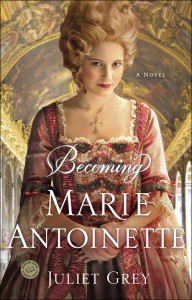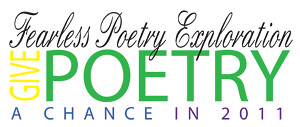
From the moment readers enter Shors’ world, readers are engrossed in the sand, the sun, the stars, and the humidity of the jungles and the resort shops that wait for tourists to arrive. Lek and Sarai’s plight will draw empathy from readers, but what is more stunning is the strength they show on a daily basis. It is enough to see Sarai cook, clean, massage, and devise new ways to earn income for her family, while her husband is dreaming and keeping their spirits lively.
“Lek opened his eyes, though his body remained as still as the gecko on the ceiling. He watched it, as he often did, admiring its patience, aware of its seemingly perpetual hunger. The creature was the length of his forefinger, and the color of mahogany. Lek enjoyed gazing at the gecko, though he was jealous of its speed. If a moth landed nearby, the gecko moved as if lightning filled its veins. Yet in the absence of insects, the gecko was without motion, a silent sentinel that protected Lek’s home from airborne invaders.” (page 1)
Shors attention to detail draws a larger comparison between the characters he creates and the environment within which they live. Patch has been helping out the Thai family, building a path, repairing bungalows, and more — almost as though he is doing penance. In the midst of this work, Patch becomes like part of the family and he begins to feel at home, but that sense of contentment is uprooted once his brother Ryan comes to rescue him.
Cross Currents by John Shors is a devastatingly beautiful novel. The ground beneath these characters continues to shift, placing them in harm’s way and bringing them closer. Shors is a master at breathing life into different cultures and bringing different people together to demonstrate the power of love. It is a novel about family, friends, and much more. These characters are stronger for their struggles and for having known one another, and readers will not forget them. A perfect candidate to nominate for the Indie Lit Awards literary fiction category.
Interested in other books by John Shors, check out my review of Dragon House and my interview with the author. As with his other books, Shors will be making a donation from the sale proceeds of Cross Currents to the International Red Cross.
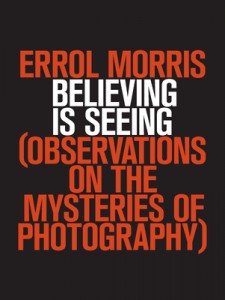
 About the Author:
About the Author:
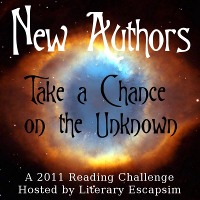



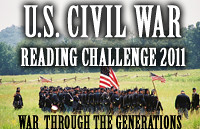 This is my 2nd book for the U.S. Civil War Reading Challenge 2011.
This is my 2nd book for the U.S. Civil War Reading Challenge 2011.


 About the Author:
About the Author:
